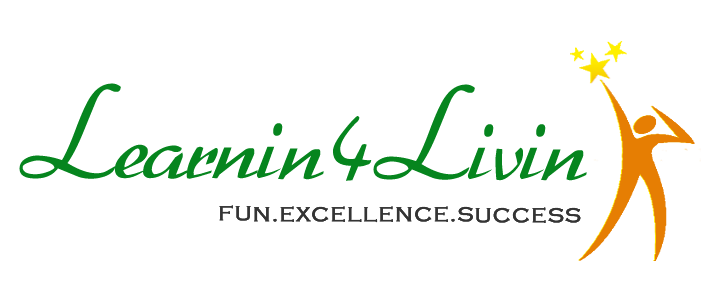Strategies to help you Process and Remember Information
- Reading Aloud
Reading aloud helps you to interact with the material by seeing and hearing. Remember the more ways you interact with information increases the chance of remembering it.
- Watch a Video
Videos create a more engaging sensory experience compared to print materials alone. Also, retention can be improved by repetition since videos can be stopped, started and replayed based on the attention needs of the learner.
- Notetaking
Notetaking requires a high degree of mental processing of information as students must either listen and filter or read, understand and filter information then select what is important or note-worthy before summarizing the main idea(s).
- Underlining
Underlining is a very useful strategy to draw attention to important information, however the main challenge which you must master is deciding what to underline. It is best to underline keywords or a single sentence of phrase after identifying the main idea of an extended paragraph.
- Bullet Points
Bullet points can be used to break up large chunks of information into shorter, more concise and easier to read bits of information. Each new idea should be represented by a new bullet point.
- Flash Cards
Flash cards encourage active learning since students must first organize the information on each card if self-made. Once the information is recorded on each card, you can memorize the information one card at a time and try to recall the information stored as you would do on a test or exam.
- Highlighting
Highlighting can be done similarly to underlining, by using a highlighter instead of a pen. Different colour codes can be used to draw attention to special themes and ideas throughout the material. Single words or passages that are important to remember can be highlighted to stand out from the main text.
- Charts
Charts can be made or bought to display information in a more visual and visible manner especially using images, diagrams, shapes and symbols. The information that must be remembered is isolated from the rest of the text and prepared in a tangible form to be displayed at a strategic location making it more easily accessible than with a text or mobile device.
- Mnemonics
Mnemonics may be musical such as catchy jingles, rhymes, acronyms, keywords or alliterations. They can be used to help you remember important names, dates, systems or complex information using a fun, exciting letter or word code. Some examples of mnemonics are the ABC song, ROYGBIV, SOHCAHTOA and My Very Enthusiastic Master Just Set Us Nine Planets. Oh, and do you know 30 days have September, April June and November…
- Create a Song
It is easier to memorize songs since repetition, rhymes and word patterns are combined with the beat and melody of musical sounds creates a more pleasurable sensory response than spoken or read words alone. Music enhances the learning experience and increases motivation to learn.
- Teach or Explain to Someone
Teaching someone a new concept helps you to learn by boosting your confidence and developing your expertise in the body of knowledge. The process of preparation helps make the material more memorable and each time provides a fresh perspective. Teaching someone also improves your understanding.
- Quiz Yourself
When you quiz yourself, you are forcing yourself to remember information that is stored in your long term or working memory. If you quiz yourself ahead of the real test, you have an extra opportunity to fill in gaps in your knowledge before it is documented.
